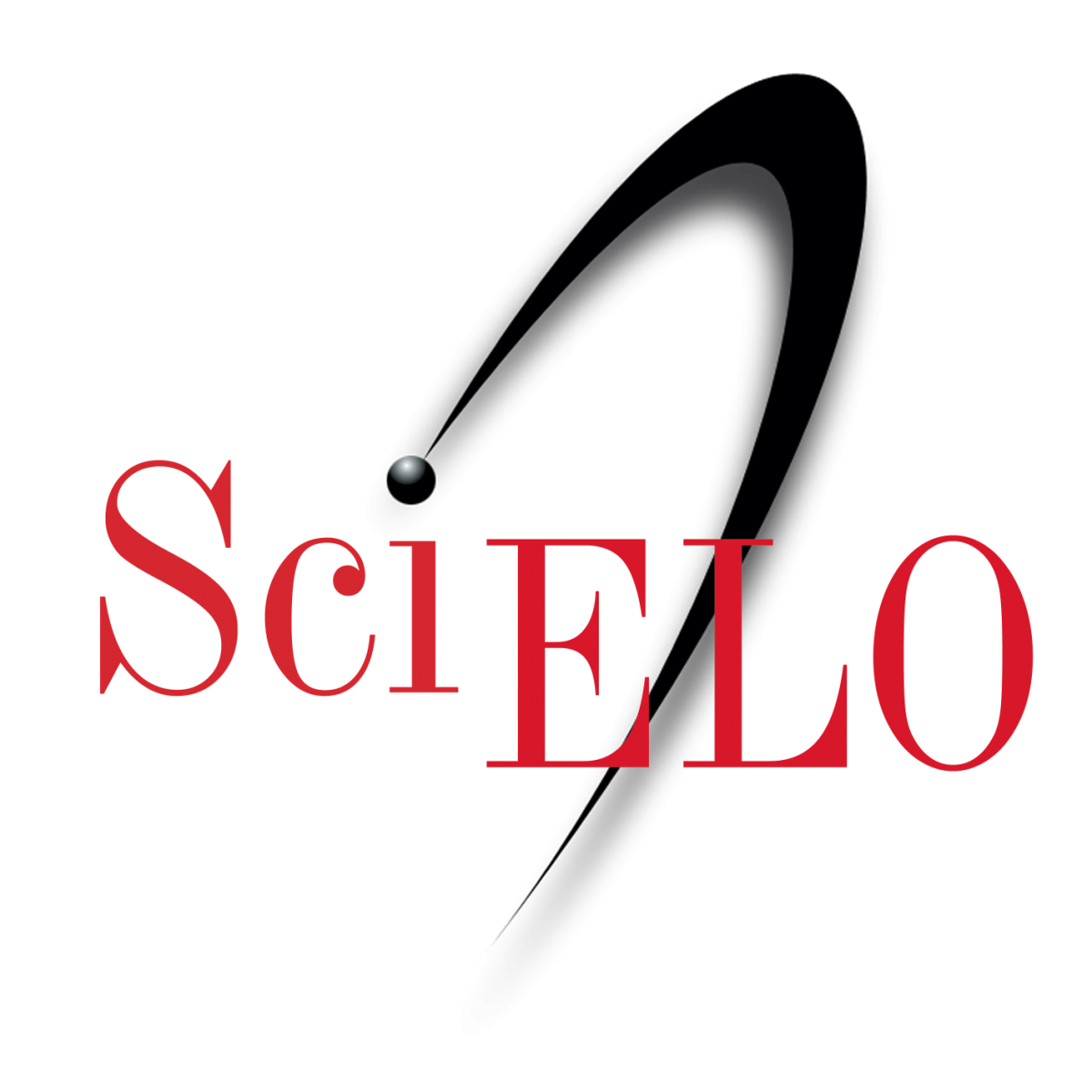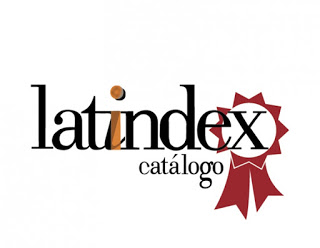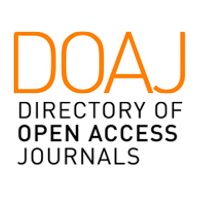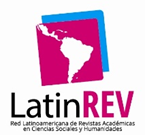Lenguaje y educación en niños sordos: encuentros y desencuentros
Abstract
La problemática de la sordera y desarrollo lingüístico constituye un tema preocupante para la Educación Especial. Se reconoce que en la actualidad la educación del niño sordo es precaria. Tanto a nivel Nacional como Internacional se conoce poco acerca del tema y no existe amplio consenso respecto de los métodos de enseñanza más idóneos. Diversos estudios (Stokoe, 1960; Liddell & Johnson, 1989; Wilcox, 2000) han demostrado que la Lengua de Señas es uno de los medios de comunicación utilizados por las personas sordas y ha sido catalogada como un lenguaje equiparable al oral. Sin embargo, esta idea ha sido foco de controversias que no favorecen el consenso e incorporación sistemática de algún método de enseñanza basado en una adecuada valoración de esta lengua. Considerando los postulados provenientes de esta discusión, cabe preguntarse cuál es el rol de la Lengua de Señas como herramienta de acceso a la Educación de niños sordos. El presente documento tiene por objeto presentar un somero análisis crítico de las distintas metodologías de estudio del lenguaje de señas y sus implicancias en la Educación Especial.
Palabras claves: lenguaje de señas, metodologías, educación especial.
Downloads
References
Anderson, M. (2003). Embodied cognition: A field guide. Maryland: Institute for Computer Advanced Studies.
Brennan, M. (2005). Conjoining Word and Image in British Sign Language (BSL): An Exploration of Metaphorical Signs in BSL.Sign Languages Studies,5, 360-384.
Hewes, G.W. (1996) A History of the Study of language origins and gestural primacy hypothesis. En Lock, A. & Peters, C.R. (Eds), Handbook of human symbolic evolution. Oxford
Clarendon Press.
Emmorey K & Lane H. (2000) The Signs of Language Revisited. An Antology to honor Ursula Bellugi and Edward Klima. Lawrence Erlbaum Associates, Publishers. London
Emmorey K (2002) Language, Cognition and the Brain. Insights from Language Researsch. Lawrence Erlbaum Associates, Publishers. London.
Hamers, J (1998) Cognitive and language development of bilingual children. En Parasnis, I. (Ed.), Cultural Language Diversity and deaf experience. Cambridge University Press.
Jarque, M.J. (2005). Double Mapping in Metaphorical Expressions of Thought and Communication in Catalan Sign Language (LSC).Sign Language Studies.5, 292-318
Johnson, D. & Myklebust, H. (1967). Learning Disabilities. Educational principles and practices. New York: Grune & Stratton Inc
Lakoff, G. y Mark J. (1999). Philosophy in the Flesh. The Embodied Mind and Its Challenge to Western Thought. New York: Basic Books.
Liddell, Scott K. & Johnson , Robert E. (1989) American Sign Language: The phonological base. Sign Language Studies, 64, 195-277. Linstok Press, Inc. Silver Spring, Maryland.
Pizzuto, E. & Russo, T. (2000). Italian sign languaje (LIS). the Institute of Psychology, National Research Council (CNR), Rome.
Poulin, C. & Miller C. (1995). On Narrative Discourse and Point of View in Quebec Sign Language. In Language, Gesture, and Space, eds. K. Emmorey & J.S. Reilly, 117-131. Hillsdalle,
NJ: Lawrence Erlbaum.
Taub, S. (2001) Language from the body: iconicity and metaphor in American Sign Language. Cambridge University Press.
Schaeffer, B.; Musil, A. & Kollinzas, G. L. (1980). Total Communication: A signed speech program for no-verbal children. Champaing, Illinois: Research Press.
Schlesinger, H. (1978). The acquisition of bimodal language. In I.M. Schlesinger & L. Namir (Eds.), Sign language for the deaf. New York: Academic Press.
Stokoe, W.C. (1960) Sign Language Structure: An outline of the visual communication systems of Amercian Deaf. Studies in Linguistics. University of Buffalo Deparment of Antropology
and Linguistics.
Stokoe, W.C. (1991) Semantic Phonolgy. Sign Language Studies. 71, 99-106.
Varela, F., Thompsom, E. & Rosch, E. (1991). The embodied mind: Cognitive science and human experience. Cambridge: MIT Press.
Wilcox, P. (2000) Metaphor in American Sign Language. Gallaudet University Press.
Downloads
Published
Issue
Section
License
Open Access Policy
This journal provides immediate open access to its content, based on the principle that offering the public free access to research fosters greater global knowledge exchange.
License
The REXE Journal, “Journal of Studies and Experiences in Education,” published by the Faculty of Education at the Universidad Católica de la Santísima Concepción, is distributed under a License. Creative Commons Atribución 4.0 Internacional.





